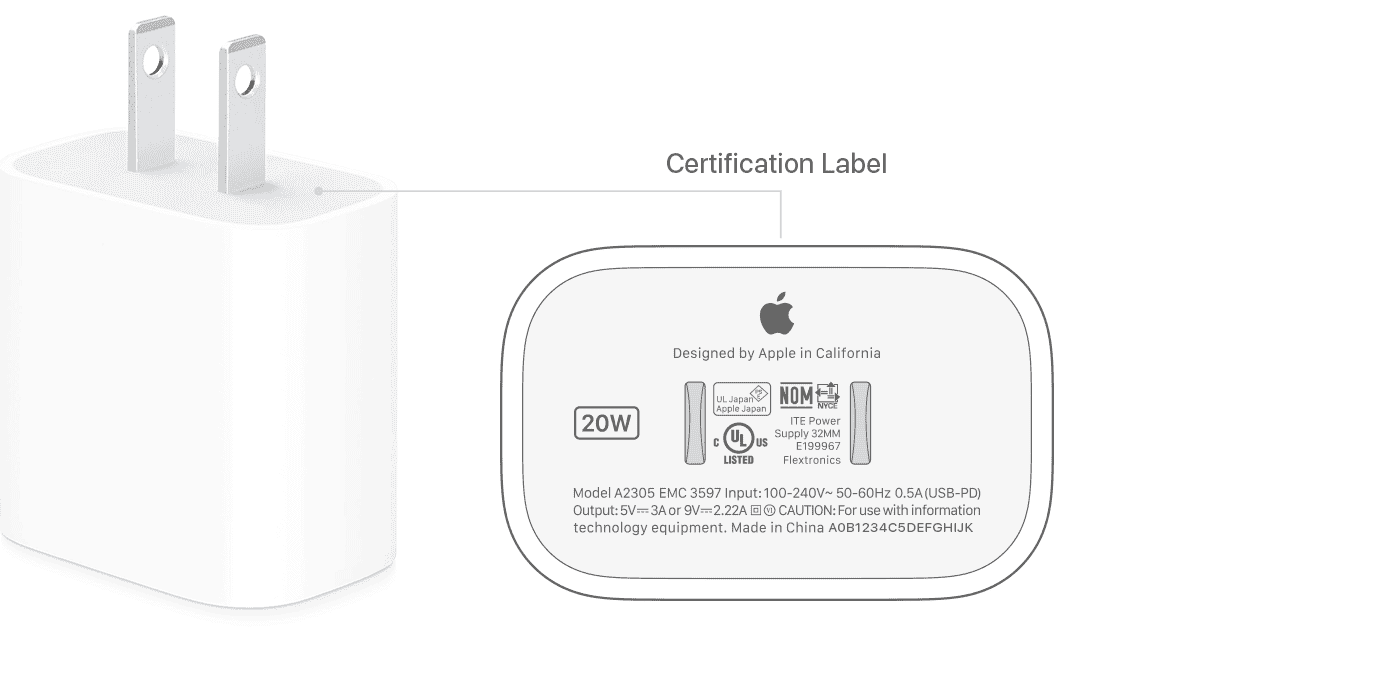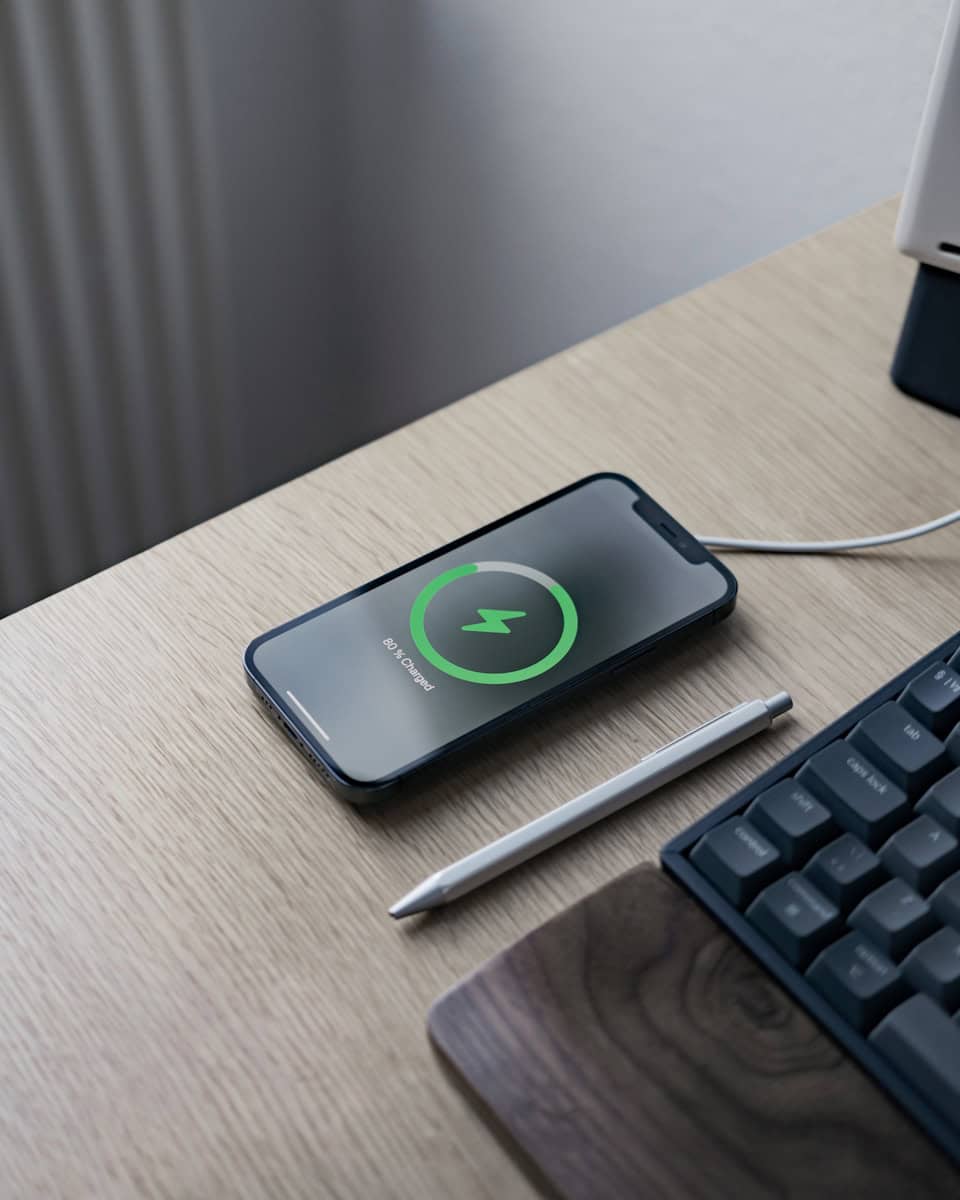Fast charging technology allows modern smartphones to charge at an accelerated pace compared to older methods. It increases the wattage sent to a device’s battery significantly above the standard USB port output of 2.5 watts. As a result, new-generation smartphones often come with charging capabilities that range from 15 watts to more than 100 watts, enabling batteries to be replenished much more quickly.
One key component of fast charging is the communication protocol between the charger and the smartphone. This system ensures that the power transfer remains within safe limits for both the battery and the charger. Different manufacturers develop their own fast charging technologies, but the underlying goal is the same: to reduce the amount of time it takes for a device’s battery to reach full capacity.
A Closer Look at Fast Charging
Fast charging, also known as rapid charging, quick charging, or flash charging, is a technology that allows you to charge your devices much faster than traditional charging methods. It’s a game-changer for those of us who are always on the go and need a quick power boost.
How Does Fast Charging Work?
Fast charging works by increasing the amount of power (watts) delivered to the battery. This is achieved by increasing the charging voltage and/or current. Think of it like a wider pipe delivering more water at a higher pressure.
Different Fast Charging Standards
There are several different fast charging standards, each with its own specifications and benefits. Some of the most popular standards include:
| Standard | Description | Devices |
|---|---|---|
| Qualcomm Quick Charge | A widely used standard that supports various charging speeds. | Android phones |
| USB Power Delivery | A versatile standard that can charge a wide range of devices, including laptops and phones. | Laptops, phones, tablets |
| OnePlus Warp Charge | A proprietary standard developed by OnePlus that offers incredibly fast charging speeds. | OnePlus phones |
| Samsung Super Fast Charging | A proprietary standard developed by Samsung that offers fast charging speeds for Samsung devices. | Samsung phones |
| Apple Fast Charging | A standard that allows iPhones to charge faster with compatible chargers and cables. | iPhones |
Benefits of Fast Charging
- Convenience: Get a significant battery boost in a short amount of time.
- Reduced downtime: Spend less time tethered to an outlet and more time using your device.
- Flexibility: Charge your device quickly whenever you have a few spare minutes.
Fast Charging on Android vs. iPhone
While both Android and iPhone offer fast charging capabilities, there are some differences to consider.
Android phones generally offer faster charging speeds compared to iPhones. This is due to the wider range of fast charging standards available for Android devices and the higher wattage chargers that are often included or available for purchase. However, iPhones are catching up, with newer models supporting faster charging speeds than their predecessors.
Wireless vs. Wired Fast Charging: Which is Better?
While wired fast charging offers faster speeds, wireless charging provides the convenience of simply placing your device on a charging pad. However, wireless fast charging is generally slower than wired fast charging due to energy losses during wireless power transfer.
Additionally, wireless charging can generate more heat, which can affect battery health over time. However, modern wireless chargers often have built-in cooling mechanisms to mitigate this issue.
Ultimately, the choice between wired and wireless fast charging depends on your personal preference and needs. If you prioritize speed, wired is the way to go. If convenience is more important, then wireless might be the better option.
It’s worth noting that many devices support both wired and wireless fast charging, allowing you to enjoy the benefits of both.

Things to Keep in Mind
- Compatibility: Make sure your device and charger support the same fast charging standard.
- Battery Health: While fast charging is generally safe, it can potentially degrade the battery over time. Some devices have features to mitigate this, such as optimizing charging speeds when the battery is nearly full.
- Heat Generation: Fast charging can generate more heat than standard charging, so it’s important to use a high-quality charger and cable to ensure safety.
Key Takeaways
- Fast charging boosts the wattage to charge devices quicker.
- Communication between charger and device ensures safe charging.
- Multiple standards exist, but all aim to minimize charging time.
Fundamentals of Fast Charging
Fast charging revolutionizes how quickly a device can power up. It takes a complex mix of technology and science to safely speed up this process.
Understanding Fast Charging
A faster charge means less waiting. Fast charging technologies boost the rate at which a battery gets energy. Devices use special circuits and software to manage this increase.
Electrical Principles Behind Fast Charging
Fast charging relies on higher wattage, which comes from volts and amperes. More volts and amperes mean more power, hence the name ‘fast’. A regular USB may provide 2.5 watts, but fast chargers can go beyond 15 watts.
Comparison With Regular Charging
Regular chargers typically offer lower wattage than fast chargers. This means slower charging times. With fast charging, devices can refill their batteries much more rapidly. A device that might take hours to charge with a regular charger could take significantly less time with a fast charger, leading to greater convenience for users.







